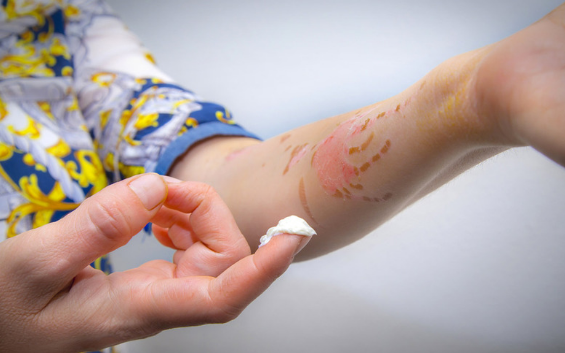Type AB or 2nd-degree burns affect almost the entire thickness of the dermis; the re-capitalization of the scarce intact dermal remains is slow. Experimental models showed that OTH reduces edema and plasma extravasation, prevents the progression of necrosis, reduces shock, increases survival, preserves microcirculation and accelerates neoangiogenesis.
Objective:
Demonstrate that the application of OTH in burn patients optimizes their clinical evolution. Materials: Three patients admitted to the ICU of our hospital, between 2012 and 2013, ages between 17 and 68 years, with thermal burns A and AB, which were serious in their extension and location. The patients received an average of 30 sessions of OTH, from 60 to 90 minutes of duration to 2 ATA.
Conclusion
Hyperbaric oxygen therapy optimizes the treatment of burns when used as a coadjuvant treatment in a well-planned burn program. In our experience, hyperbaric oxygen therapy accelerates the clinical evolution of the patient, decreases the need for grafts, shortens the healing time, which leads to shorter hospitalization and a faster recovery of the patient
Source: Service of Hyperbaric Medicine – Hospital of high complexity “President Juan Domingo Perón” (Formosa)
Authors: Esperanza, M .; Estrada E .; Romero E .; Nicola D .; Di Tomaso M .; Arguello M .; Salinas Y .; Fisher F .; Gamarra D.

